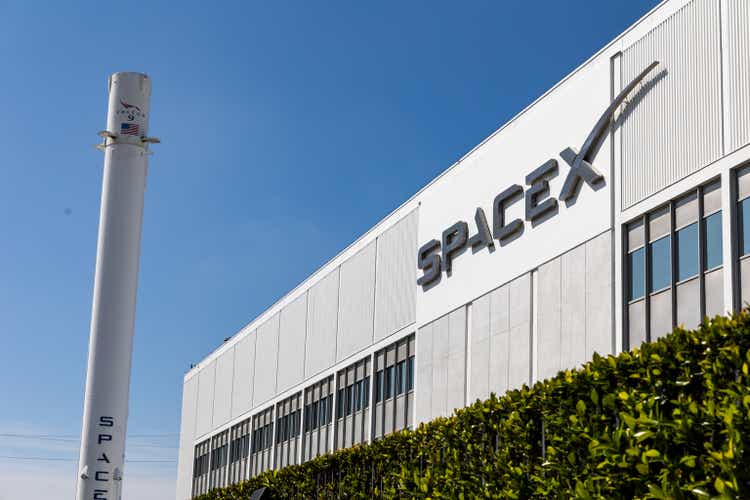In a landmark development for the domestic defence sector, state-run shipbuilders Mazagon Dock Shipbuilders Ltd (MDL) and Hindustan Shipyard Ltd (HSL) are poised to sign a memorandum of understanding (MoU) to jointly build submarines—establishing the country’s first-ever dual-coast submarine production capability. The collaboration marks a strategic push under the Narendra Modi government’s Aatmanirbhar Bharat initiative to ramp up indigenous defence manufacturing and reduce reliance on foreign suppliers. It will significantly enhance the country’s capacity to produce advanced submarines for the Indian Navy.
Mumbai-based MDL has a proven track record of building both Shishumar-class and the more recent Scorpene-class submarines under technology partnerships. It is currently in the fray for the Rs 45,000-crore Project 75(I) submarine tender, in collaboration with German submarine maker TKMS.
HSL, headquartered in Visakhapatnam on the east coast, has the unique distinction of being the only Indian shipyard to have completed a full-scale submarine modernisation—the complex refit of INS Sindhukirti. It continues to handle major refits and overhauls for the Navy’s underwater fleet.
This dual-yard initiative fulfills a long-standing strategic vision dating back to 1999, which called for establishing a submarine-building facility on the east coast to complement the west coast’s capabilities.
The Indian Navy has projected a requirement for at least 24 submarines to counter increasing maritime threats and assert dominance in the Indo-Pacific. Given the complexity and long timelines associated with submarine construction, the MDL-HSL partnership will be crucial in accelerating delivery schedules, ensuring production continuity, and mitigating risks associated with single-yard dependence.
Operation Sindoor—an extensive underwater surveillance and deterrence exercise conducted by the Navy—has highlighted the critical role of submarines in safeguarding India’s maritime interests.
The dual-coast manufacturing strategy is expected to significantly enhance India’s underwater combat readiness and aligns with its broader ambition to emerge as a dominant Blue Water Navy with reach across the Indo-Pacific region.
With this move, India takes a decisive step toward creating a robust, self-reliant ecosystem in underwater warfare platforms, securing not just its coastlines but also its strategic maritime interests far beyond.

 1 day ago
1
1 day ago
1





















 English (US) ·
English (US) ·